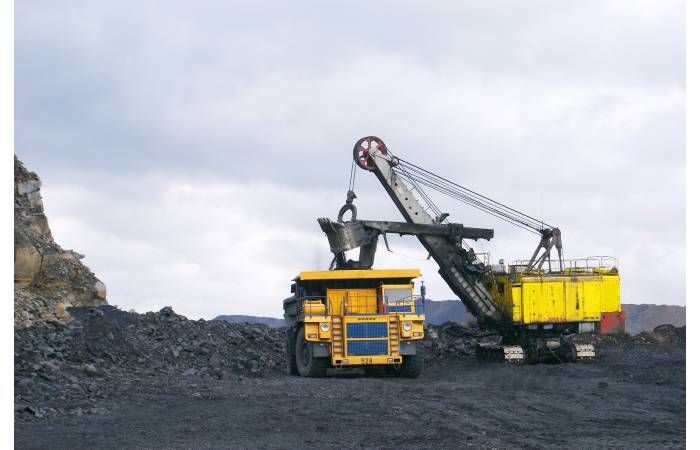Meaning
Heavy industry – This means the heavy industry is nothing but the sector which uses higher capital cost innovative set-up, heavy tools, and numerous Difficult, complex procedures to make huge belongings and services on a great scale.
What Are the Importance of Heavy Industry And How Does it work?
Heavy industry is the activity that manufactures semi-finished products, which then function as capital goods for the subsequent production of other goods for consumption by individuals—for example, cement, fertilizer, and artificial fibres.
Heavy industries regularly provide services to other industries or governments, not end-users. However the term ‘heavy’ indicates the participation of big machinery and manufacturing works, bulky goods, equipment, and facilities. These demands will show the operations amount of capital will run smoothly, pay workers and produce a from top to bottom output capacity.
Heavy industries have huge vacancies for unemployment and allow all categories, including low-skilled workers, engineers and other positions as per the industry requirements. As a result, they will give numerous investment opportunities, not less costly and more than mid-term activities and actions.
What Are Heavy Industry Features And Their Examples?

Heavy industry is one of the major economic activities of the world economy at present, and it is essential for the technological takeoff of humanity and it is also a huge device for multiple worker.
Moreover, today this activity is carried out through processes with a high degree of mechanization and specialized labour. It consumes enormous amounts of energy and leaves its mark on the environment. Which is why it is an activity that has many detractors. Heavy industries carry out tasks of a different nature, which allow the raw material to be separated from the elements that naturally surround it or to transform through physical or chemical procedures into some useful and transportable substance. However. they can resort to melting, freezing, washing, supercritical drying, liquefying, etc.
Mention Some Examples Of Heavy Industry Given Below
Mining industries. That capture and transport minerals with some desired chemical content (gold, silver, nickel, etc.) or hydrocarbons such as oil, natural gas or mineral coal.
The Big Steel Companies. Responsible for casting heavy metals and their alloys to form steel, iron and other forms useful in light industry. The cement factories grind lime and other materials to form dry mixtures use in the construction sector.
The loggers. They cut down huge trees of useful or precious wood, which they transport after falling, cutting and processing properly.
The petrochemical industry. Oil is refined and subjects to chemical procedures that allow numerous derivatives to be obtained from it, such as plastics, nylon, gasoline, etc.
How To Categorize Large Amount Of Work In Heavy Industry?
They are the productive activity that requires the greatest investment in capital, energy and labour, in addition to being generally the one that causes the greatest environmental impact, either directly or indirectly. However, Its name comes from the fact that its products are usually large in volume or size (such as machinery) and require huge facilities and also has controller of its fun
- It uses many inputs or materials comparing to the light industry. It has a significant environmental impact, so that cannot be developing very close to urban or residential areas.
- Continuing with the previous point, it usually generates a high degree of pollution, with solid waste and greenhouse gas emissions.
- They are necessary activities for developing final goods in other industries.
- It requires large amounts of raw material, water, and energy.
Conclusion
The heavy or basic industry is the set of economic activities of extraction and primary transformation of the raw material. It manufactures the necessary inputs for other sectors, and in many cases, it is the first step in the industrial production chain. However this differs from different industries, such as the light industry, typical of the secondary sector of the chain.


